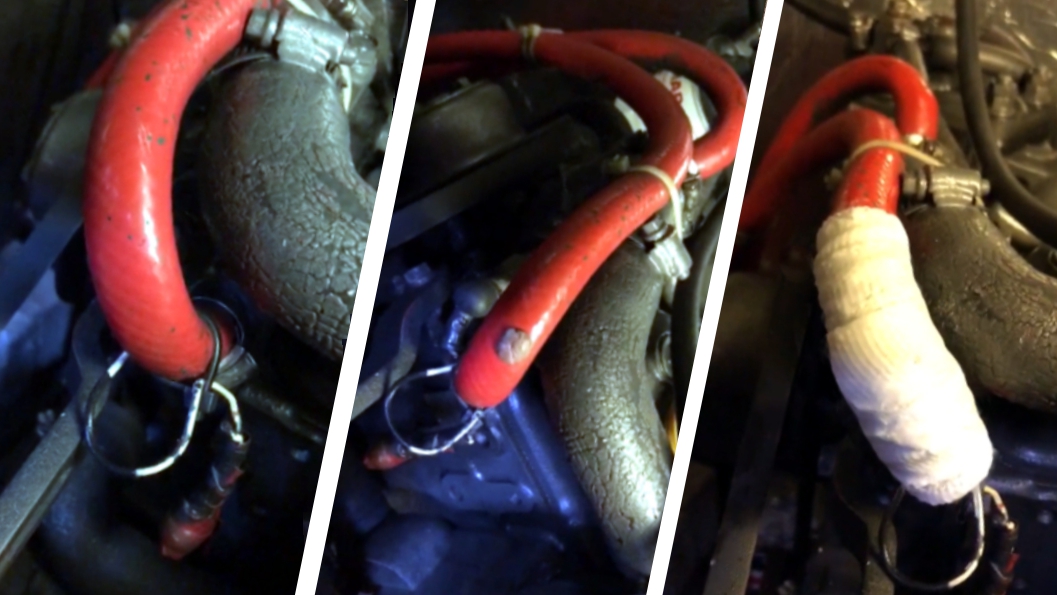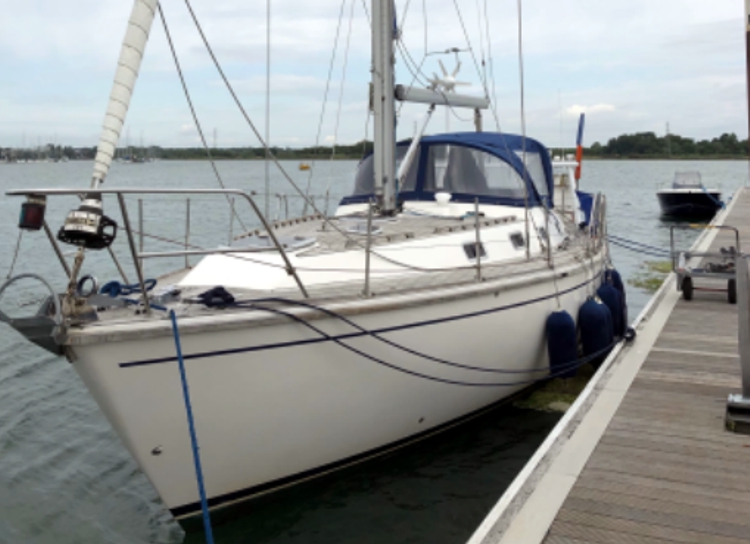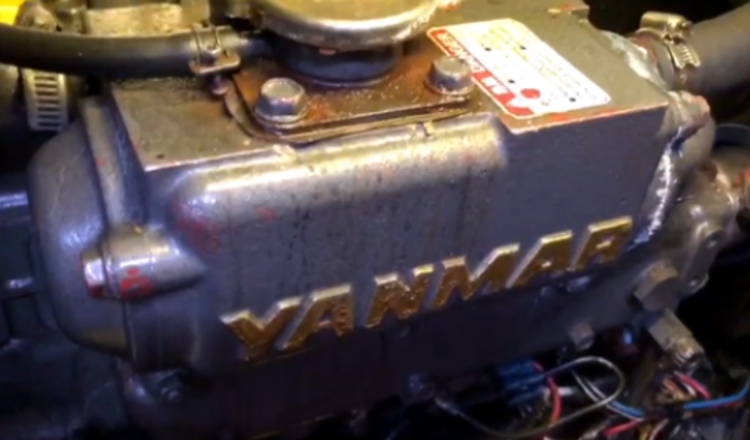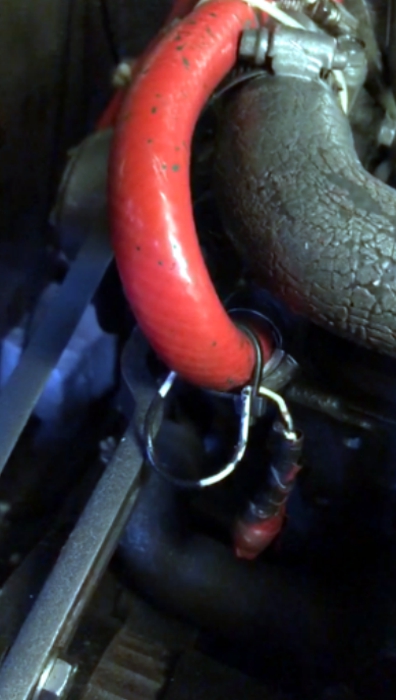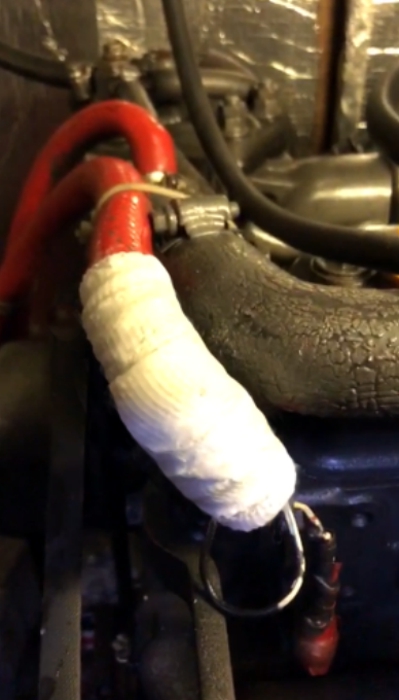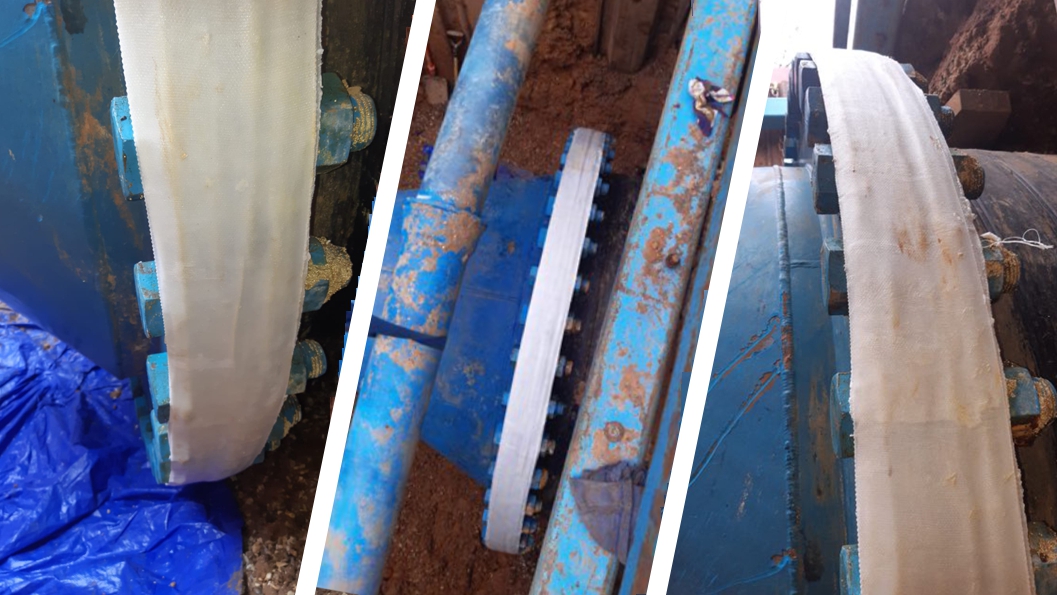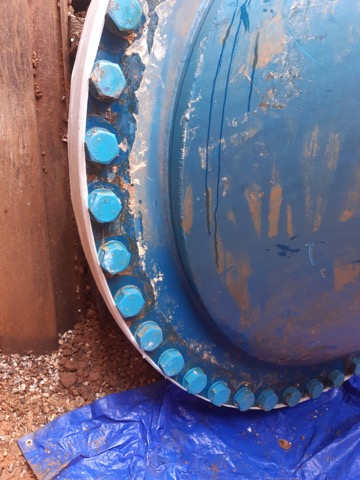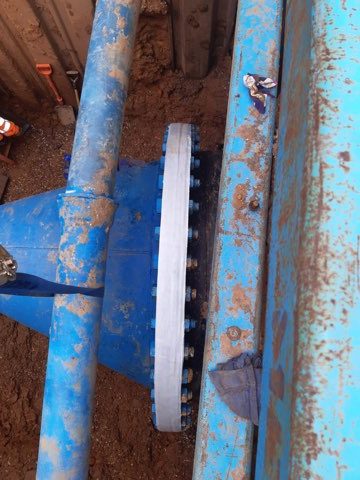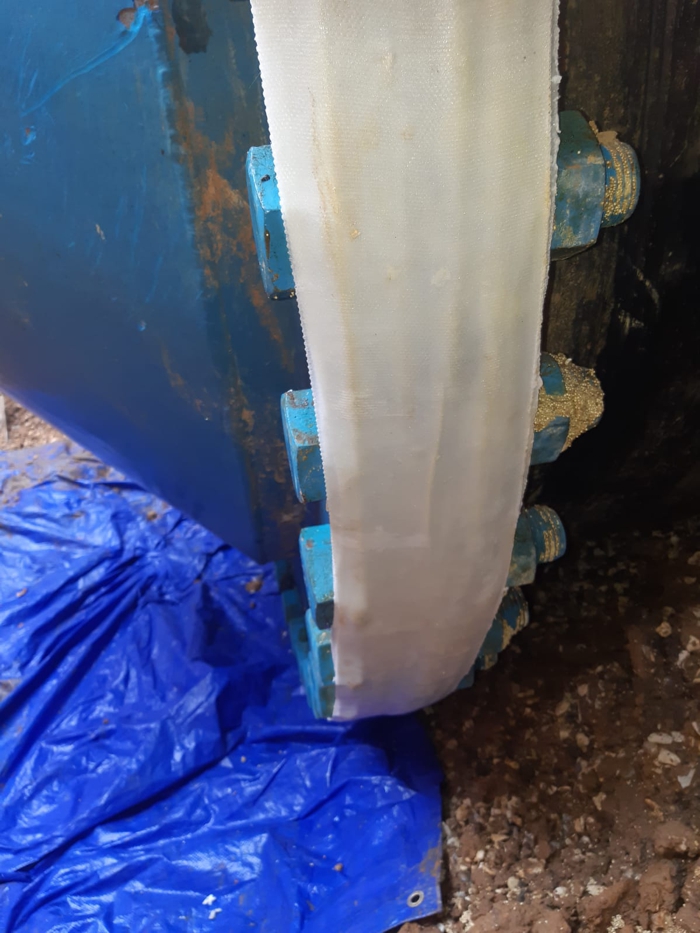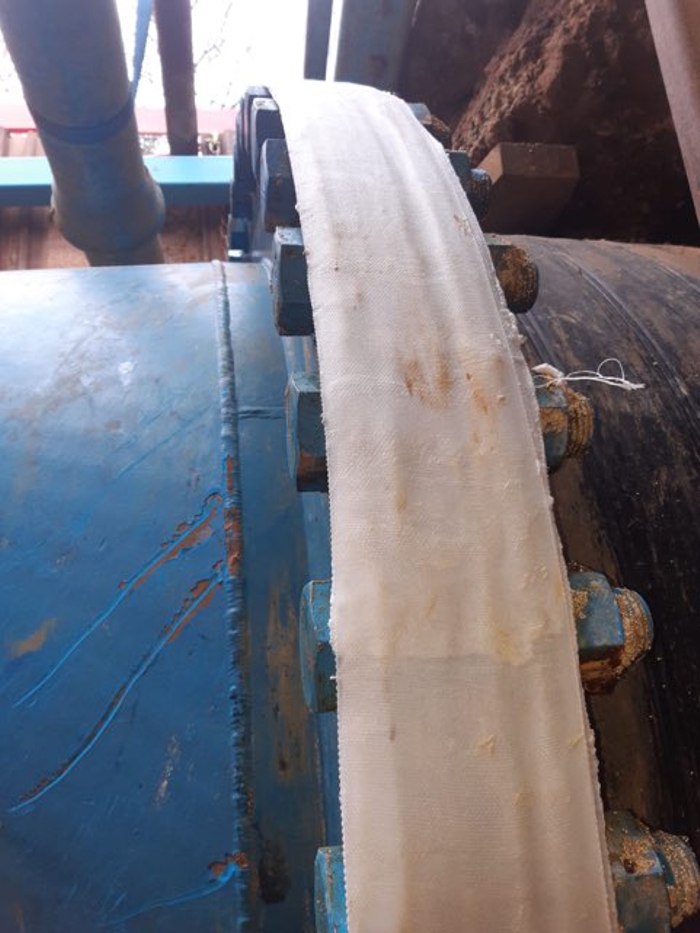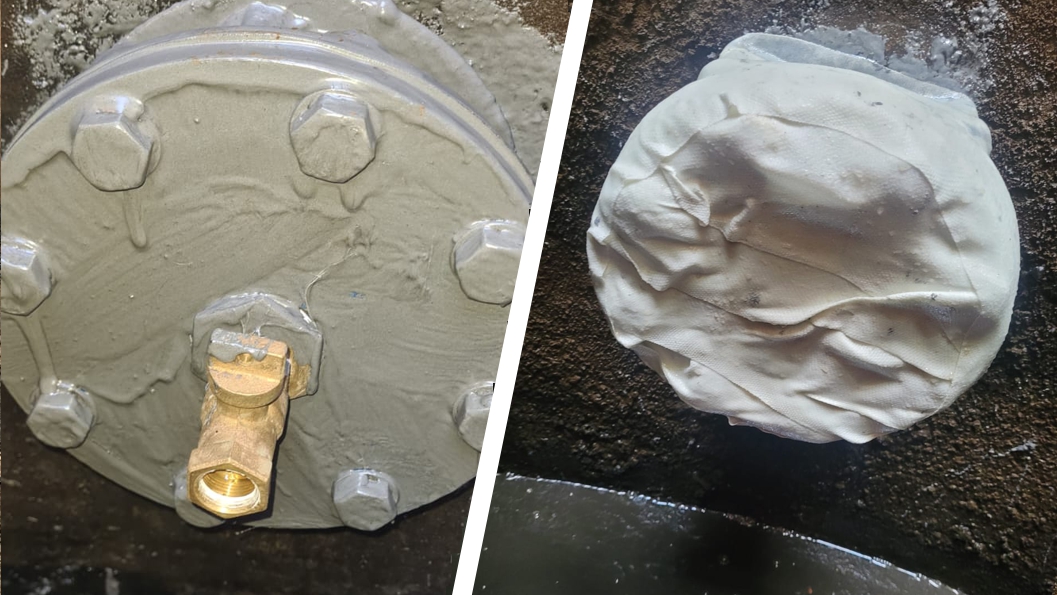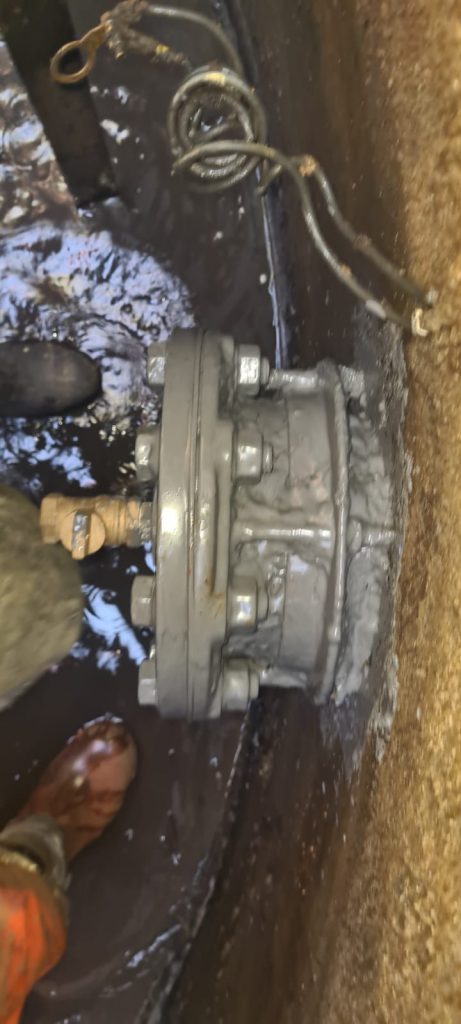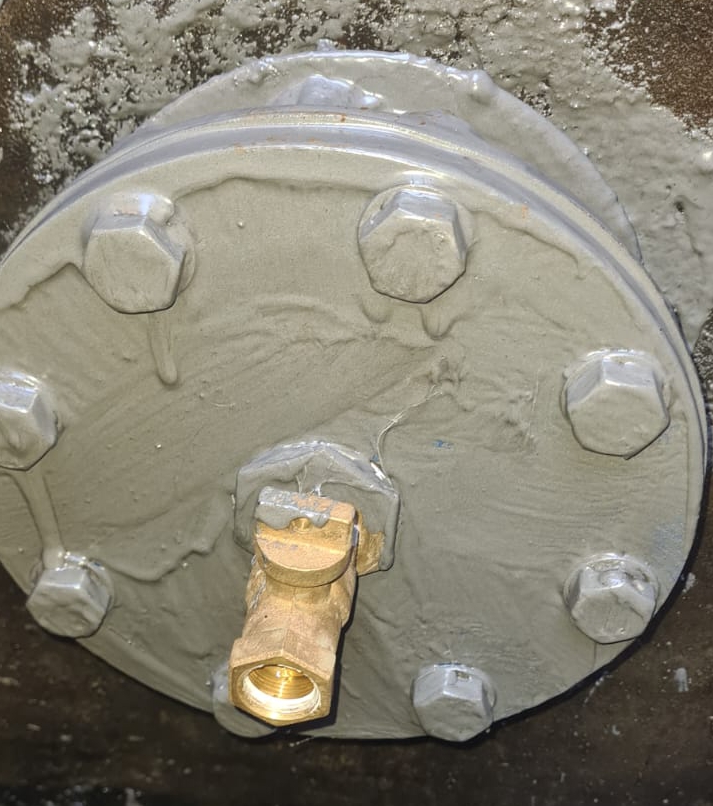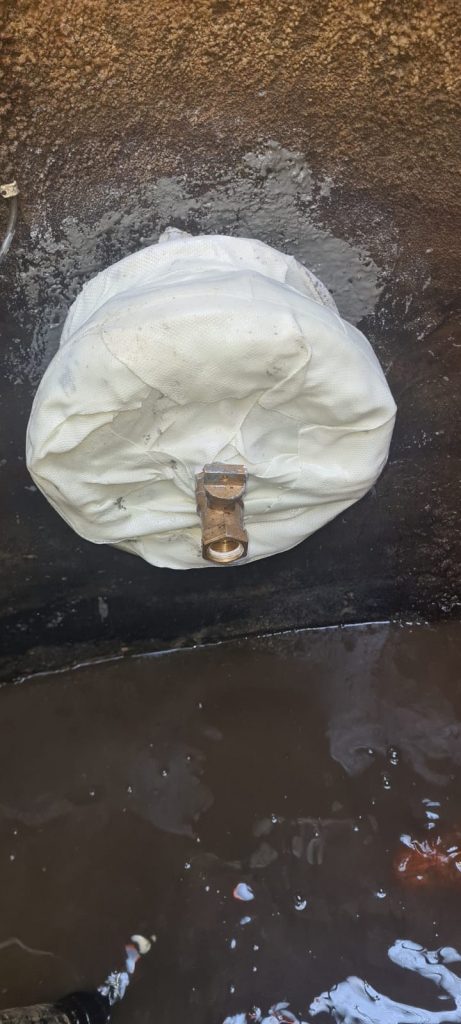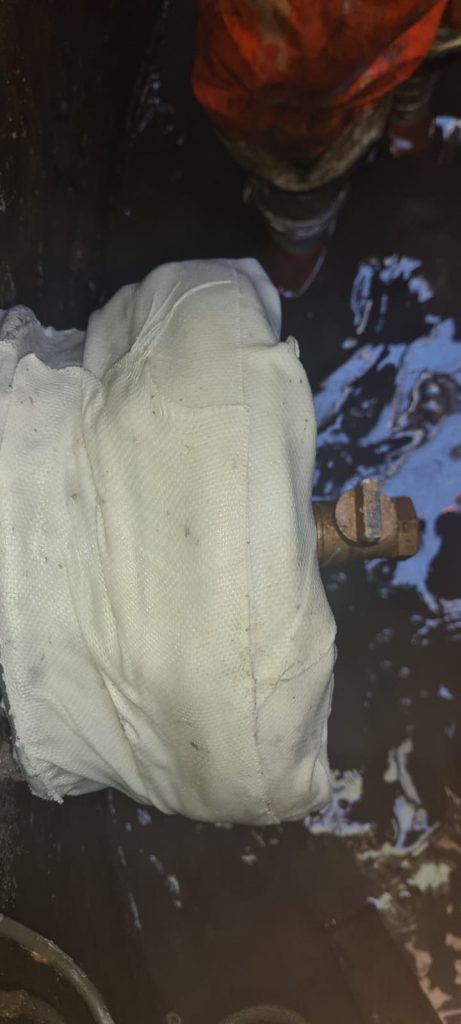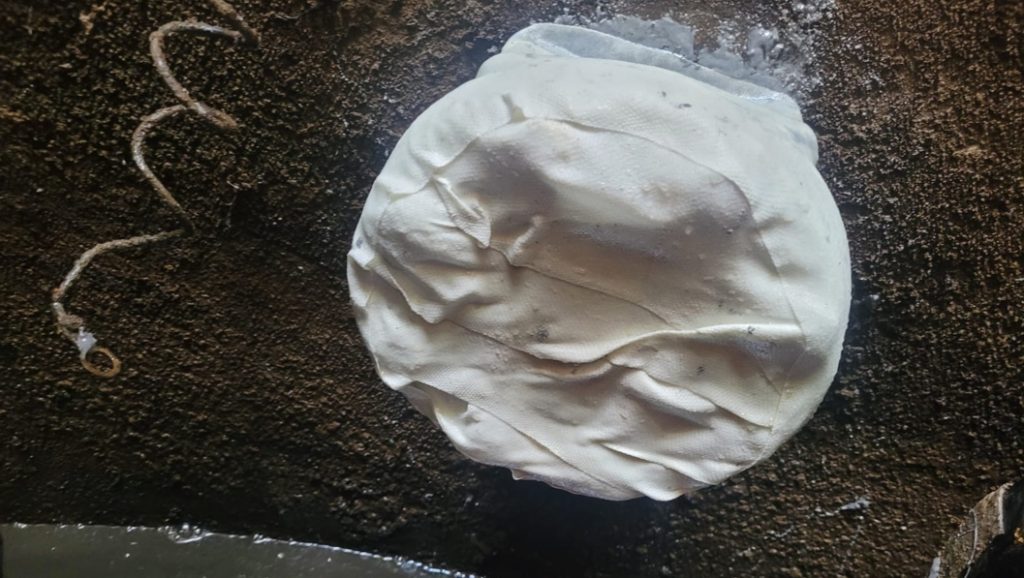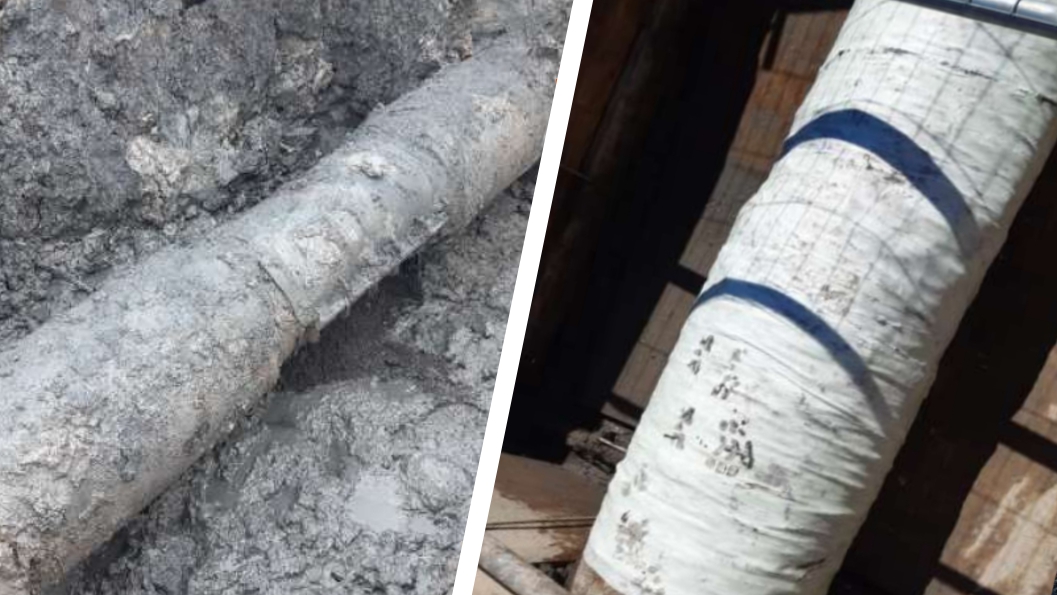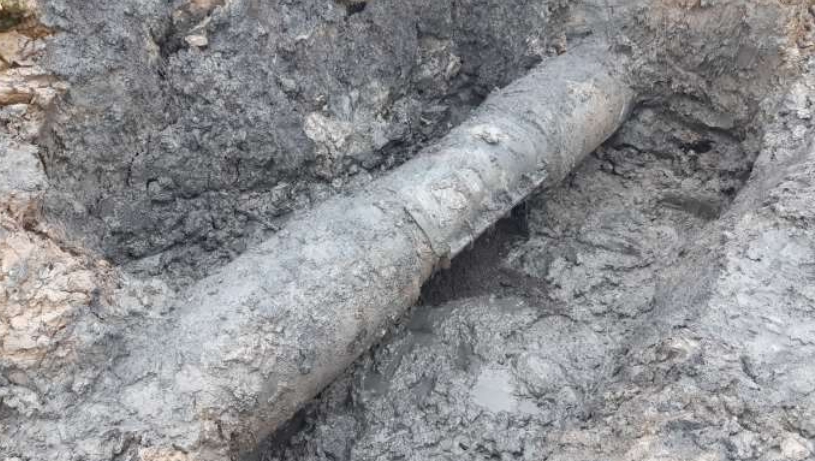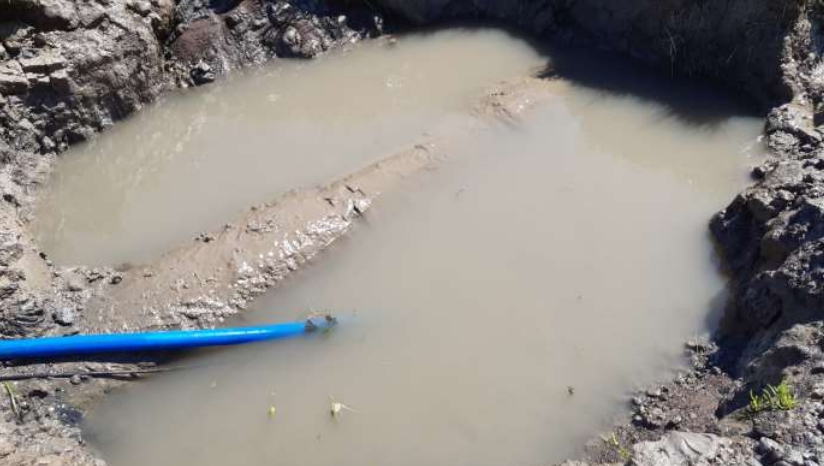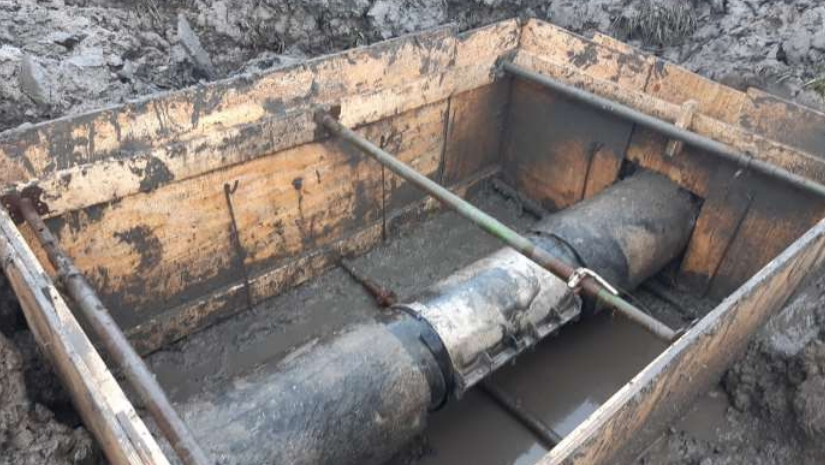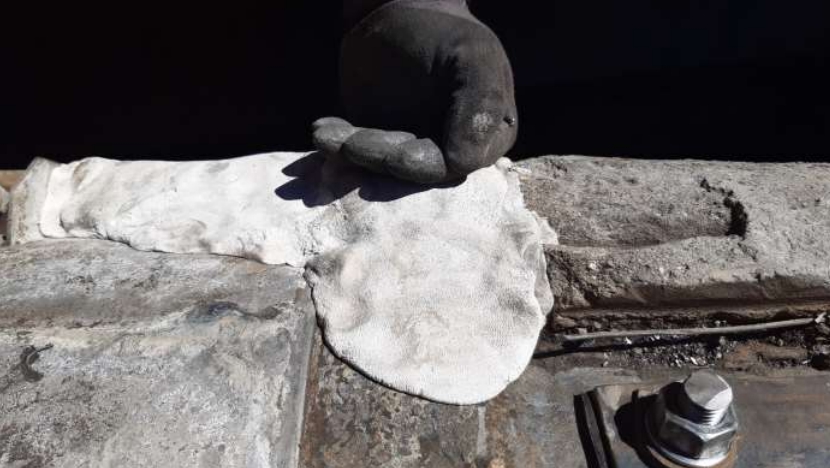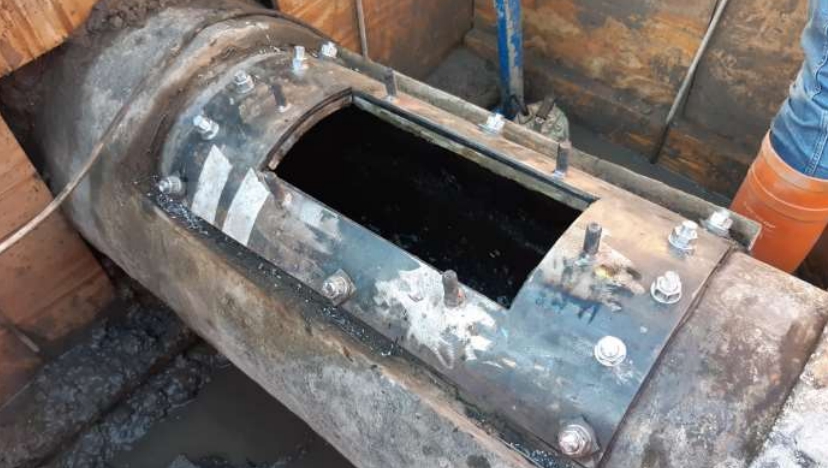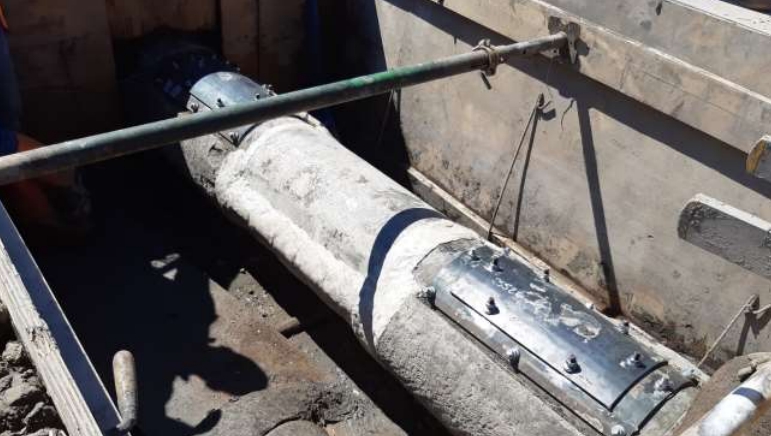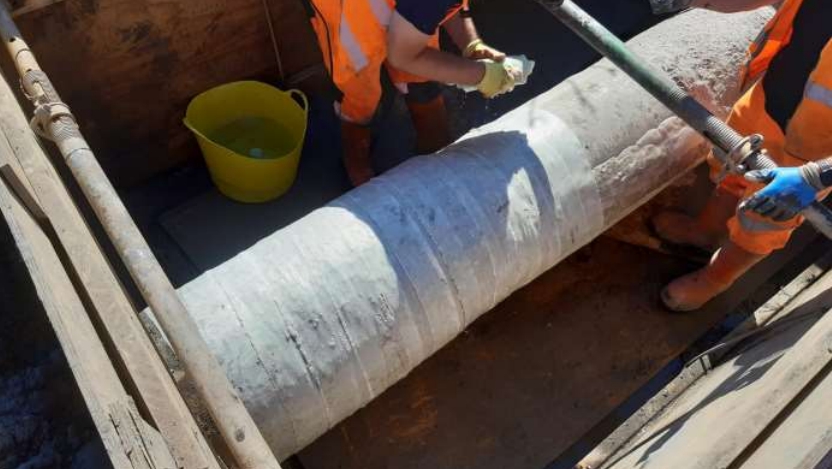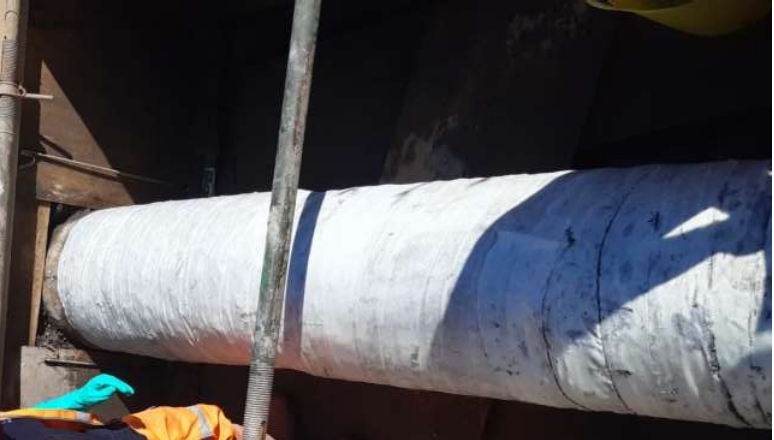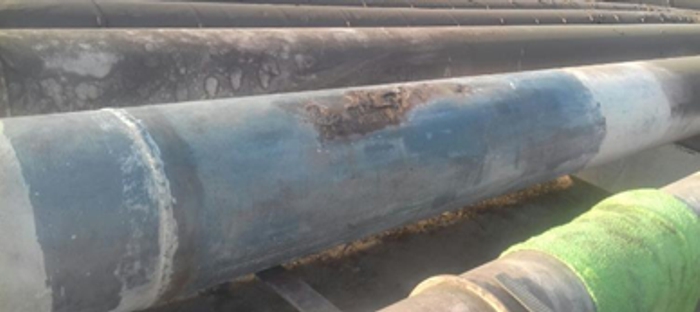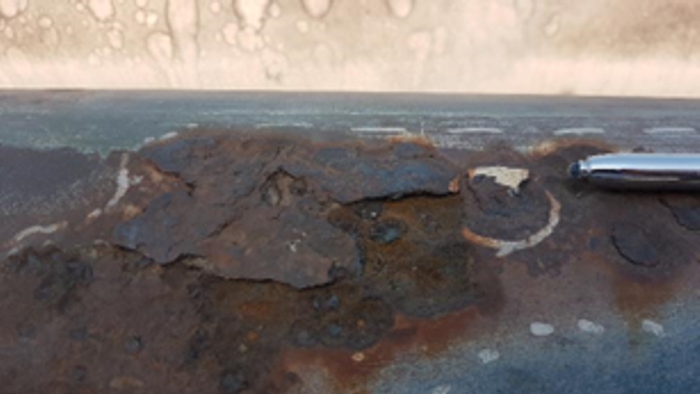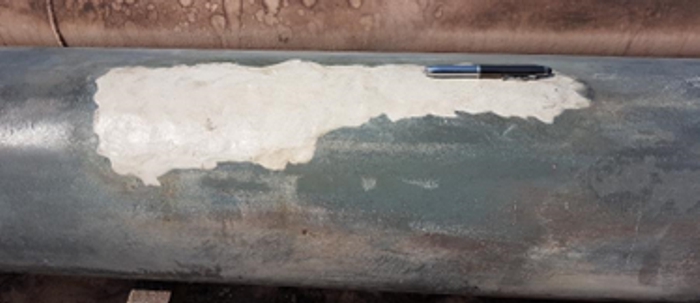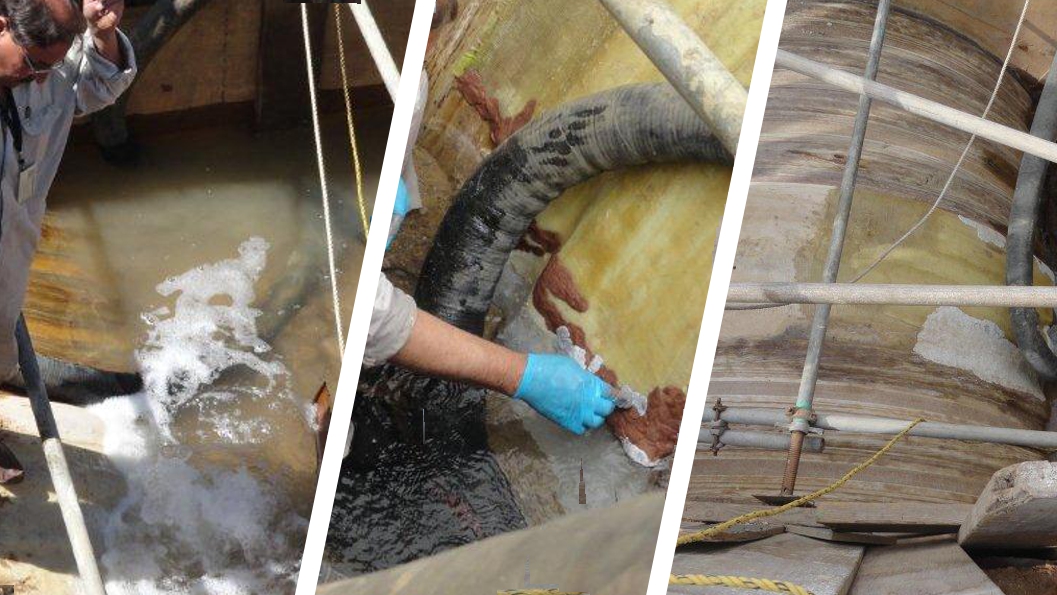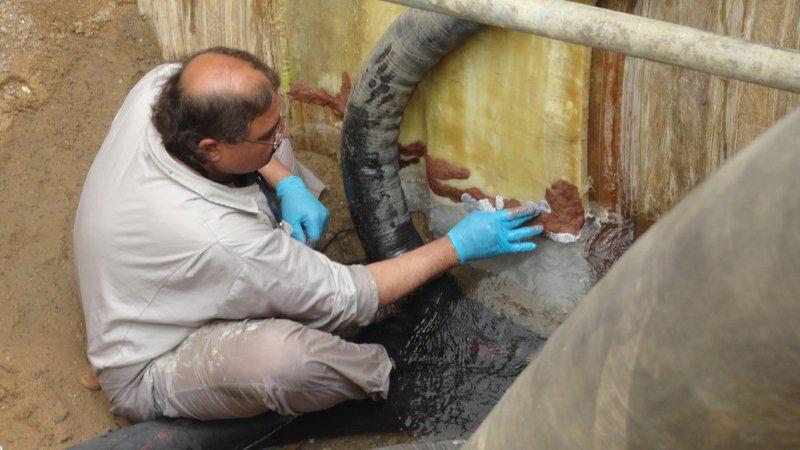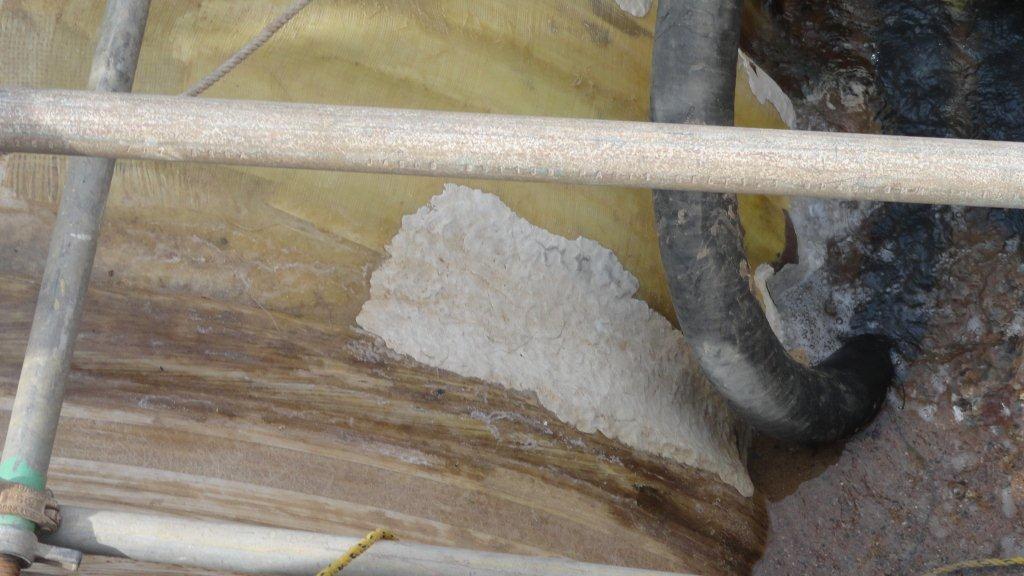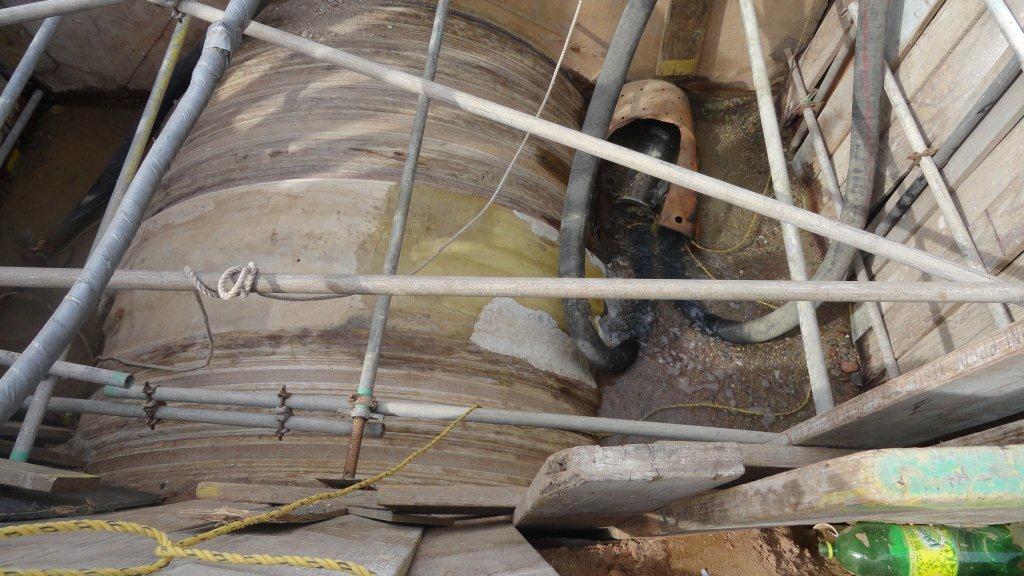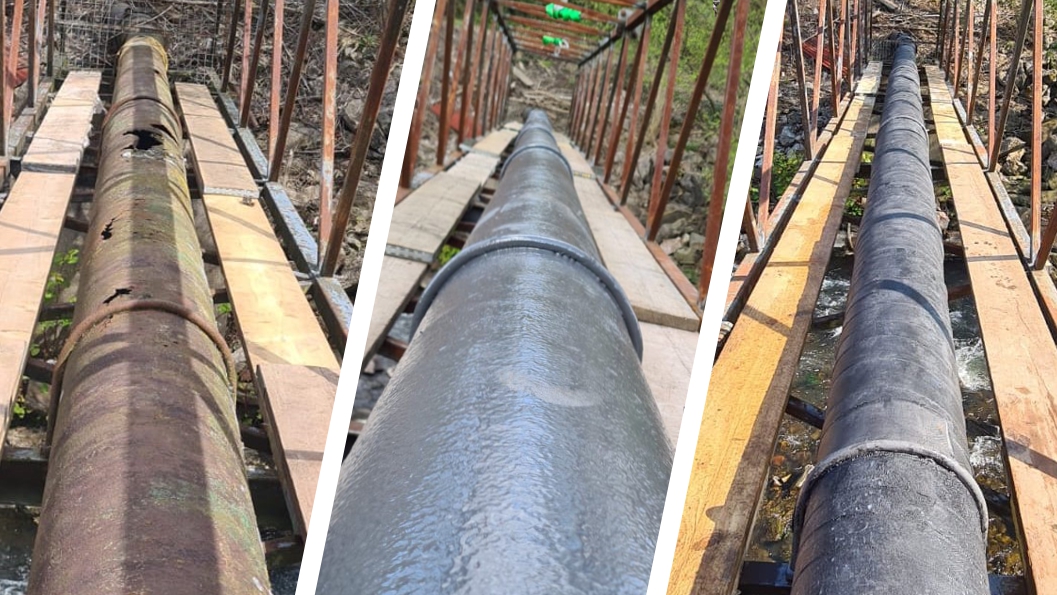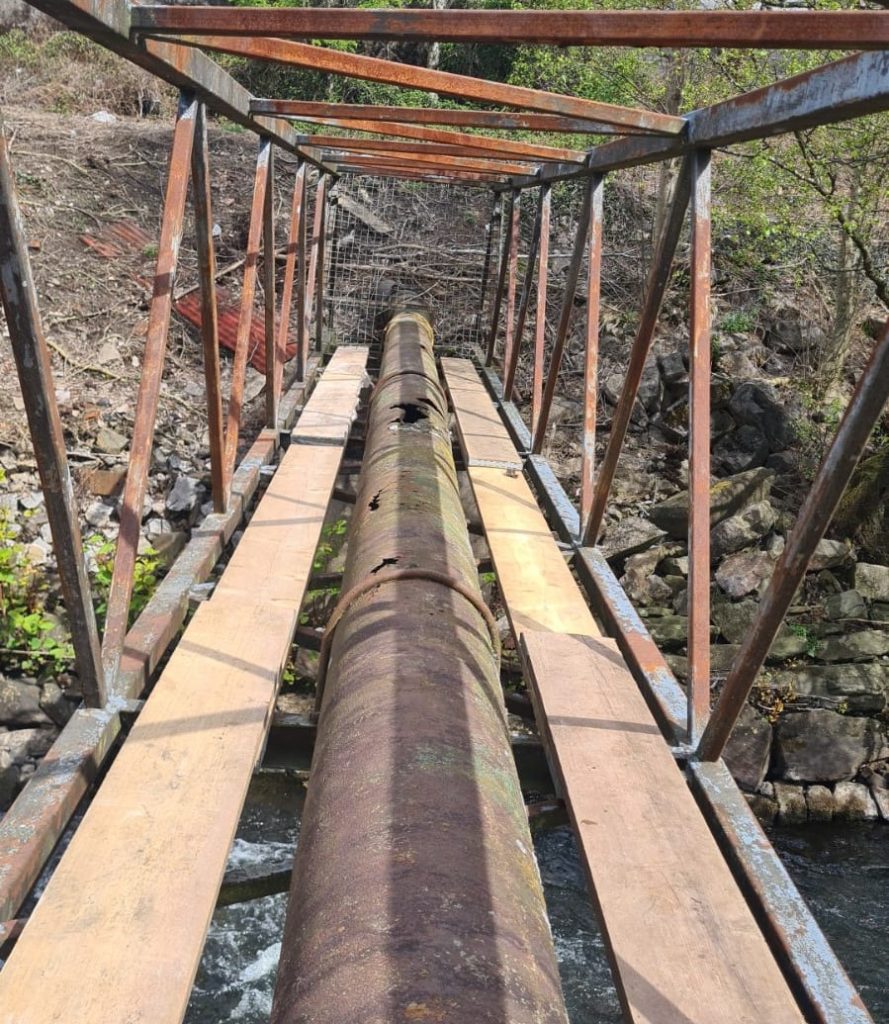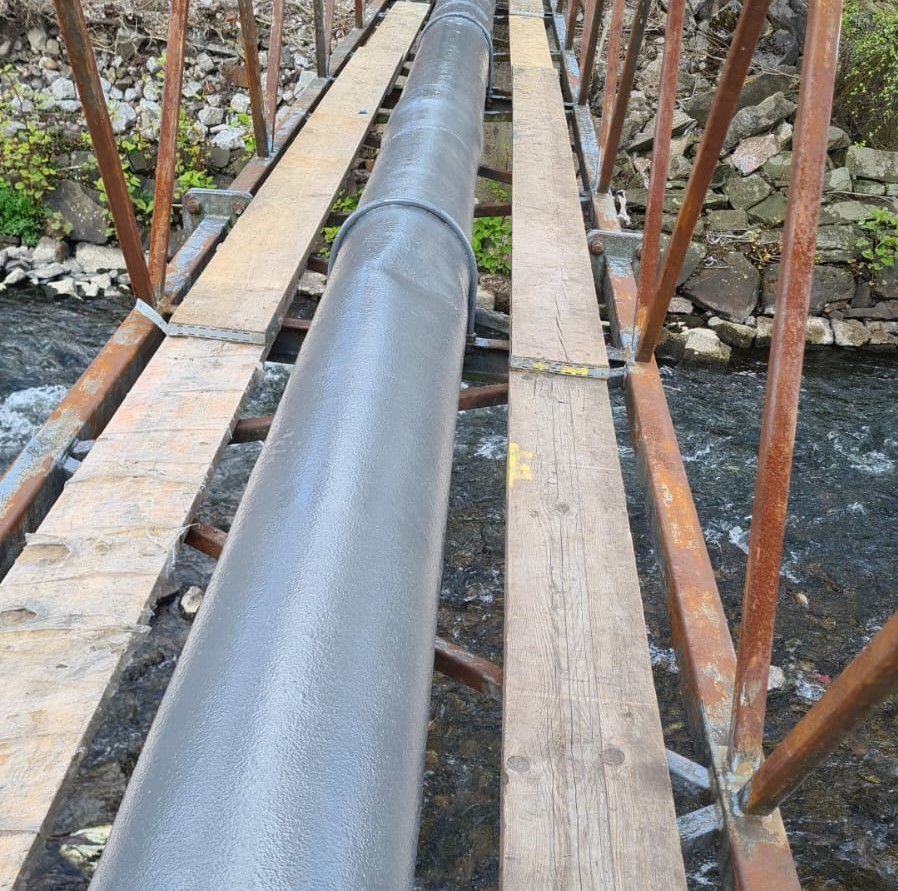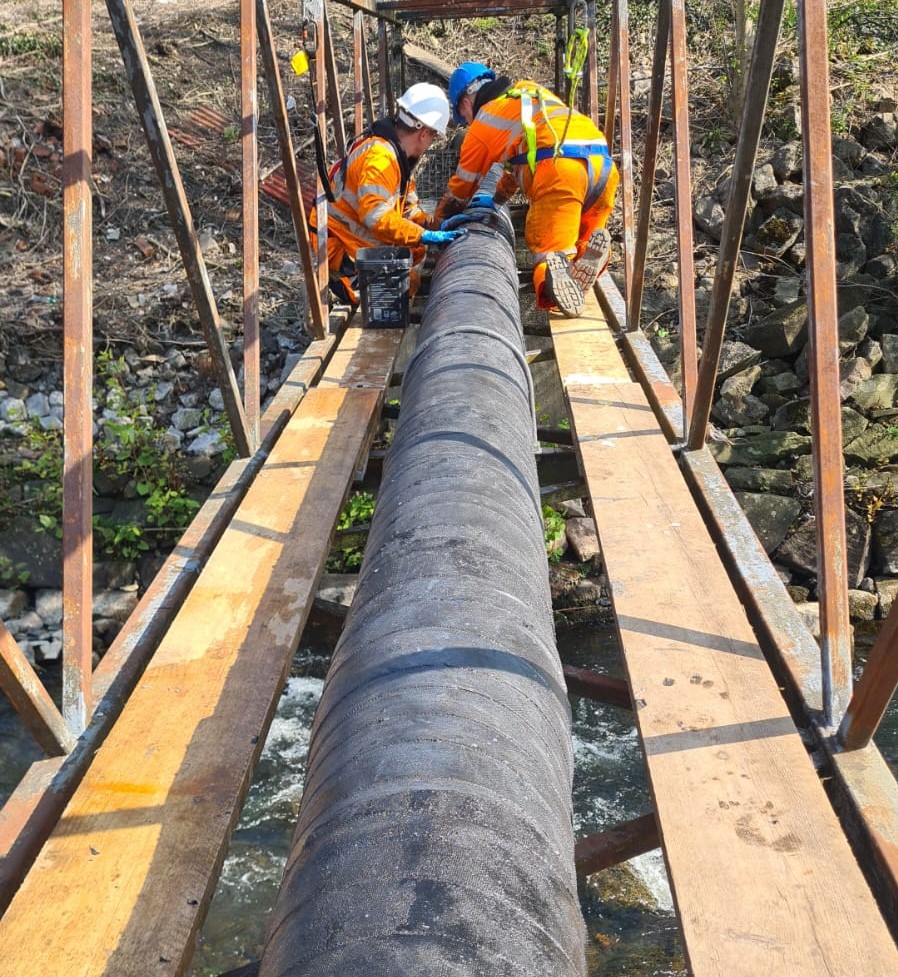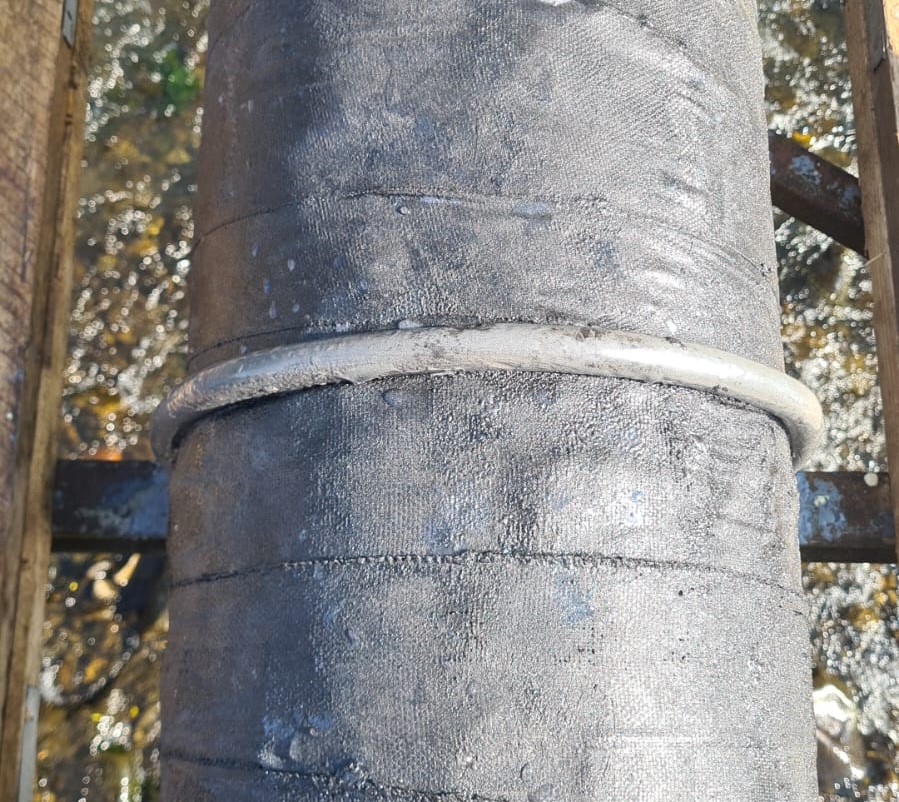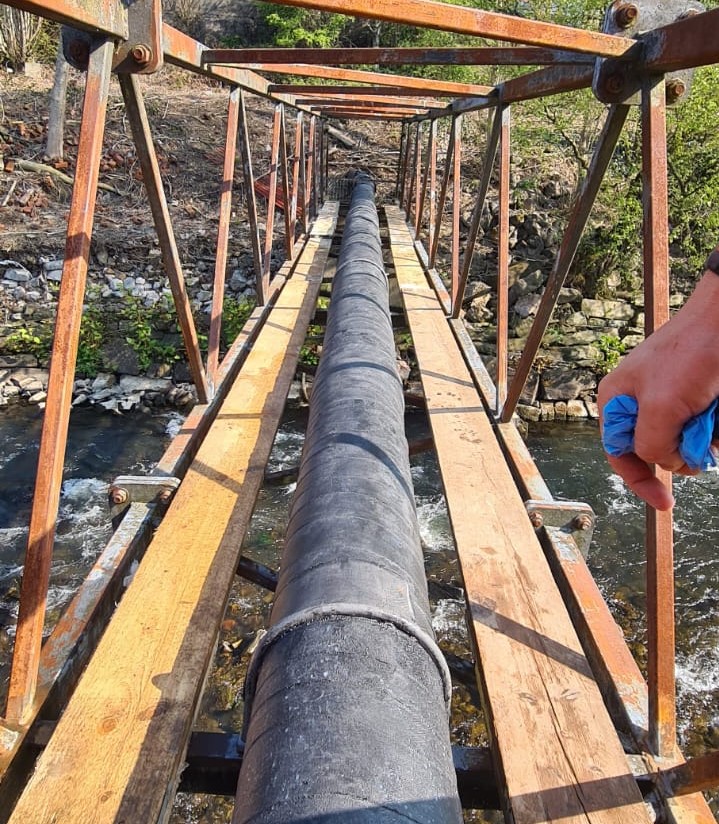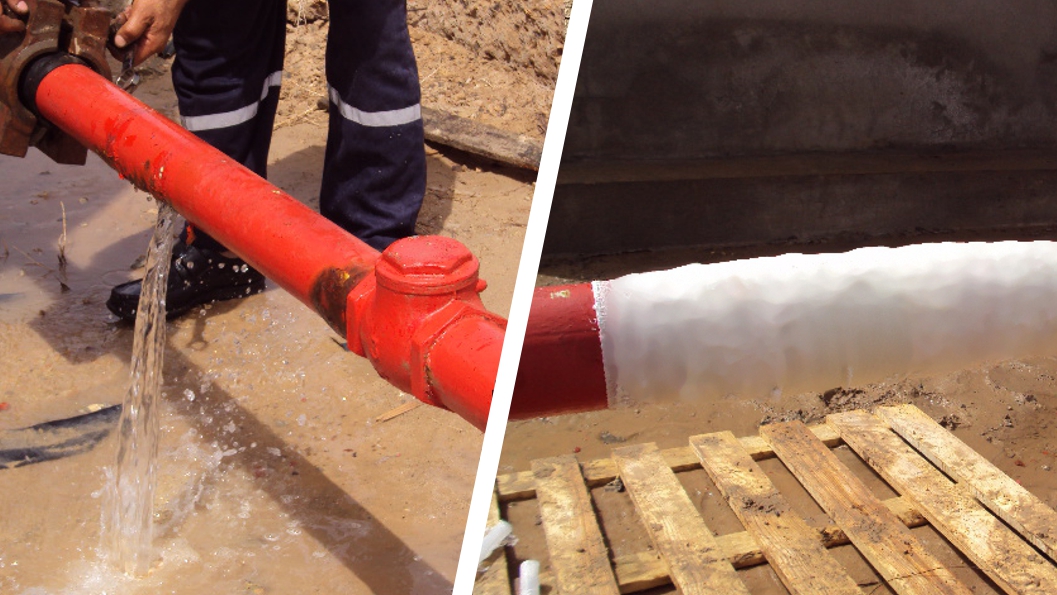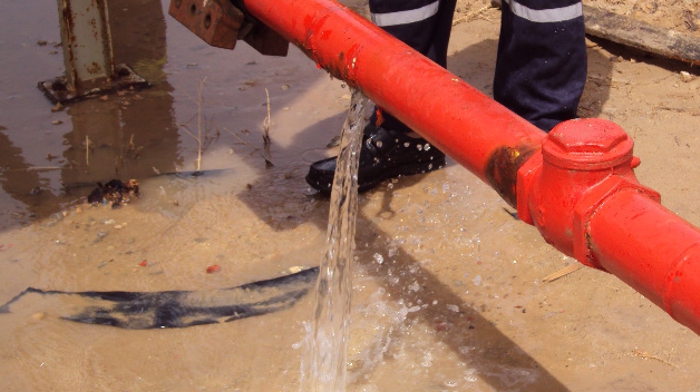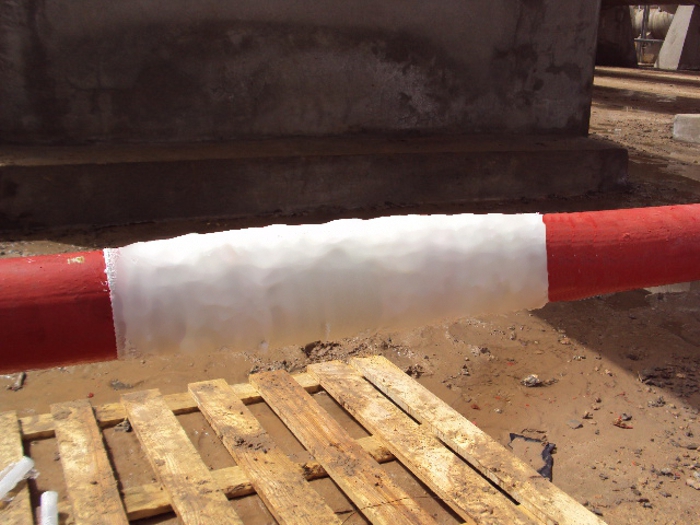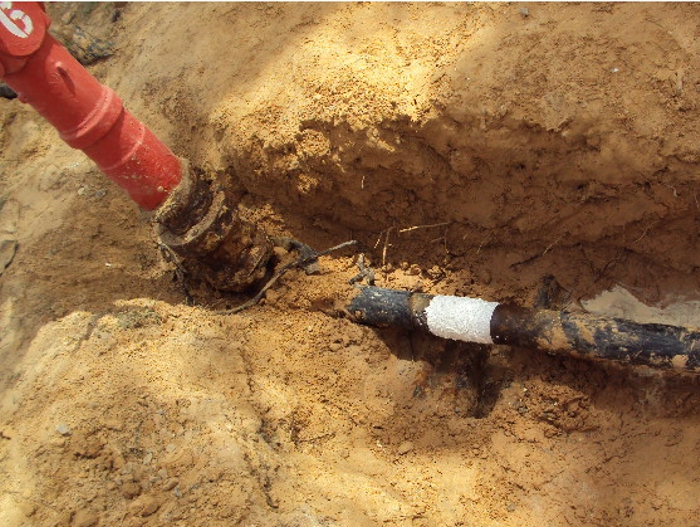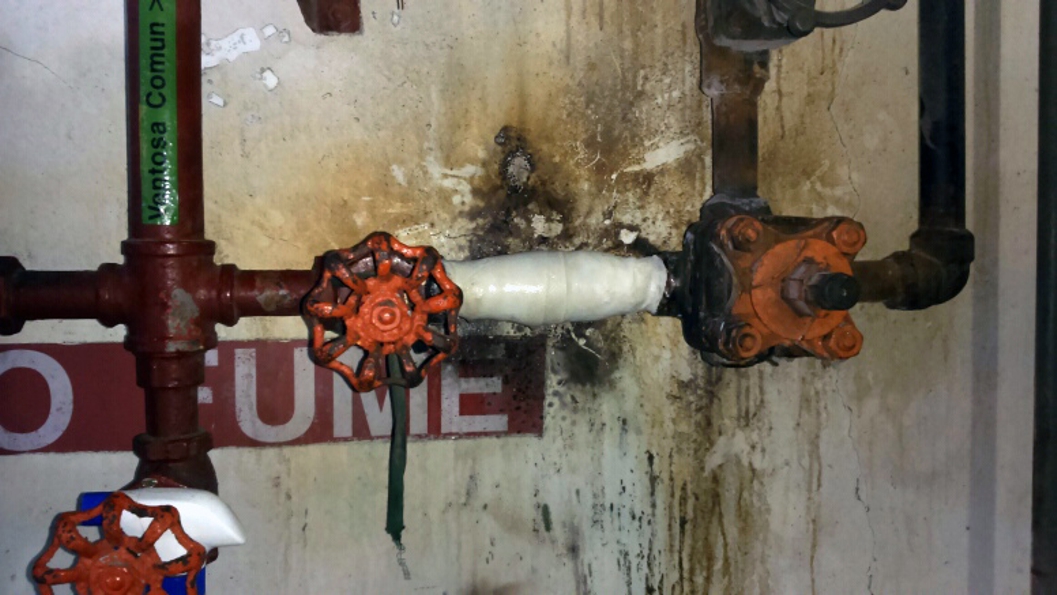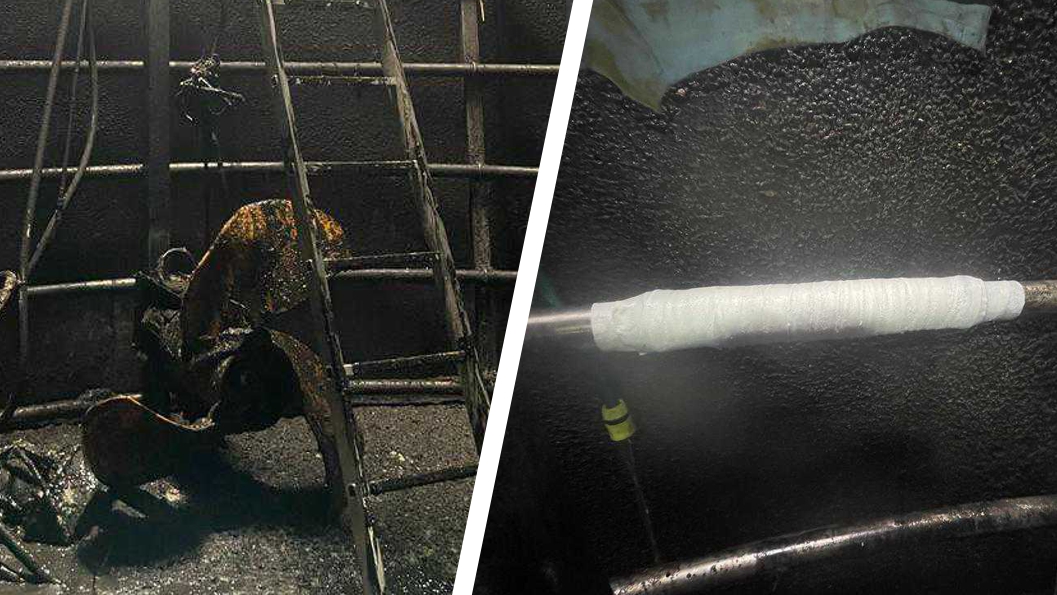
Rescuing a pig’s ear of a repair – SylWrap seals a leaking pipe in a farm biodigester tank after patch welding failed
A leaking stainless steel heating pipe inside a biodigester tank at a pig farm undergoes repair after an initial attempt to arrest the damage via patch welding was found to have failed.
Case Study Data
Site
Pig farm
Location
United Kingdom
Repair Type
Leak Repair
Defect
Damaged stainless steel pipe in biodigester tank
Products Used
Wrap & Seal Pipe Burst Tape
Repair tape with high pressure and temperature resistance to seal the leak
SylWrap HD Pipe Repair Bandage
Provided an impact-resistant layer to protect against possible future damage
SylWrap Universal Pipe Repair Kit
The products were supplied to the farm in a SylWrap Universal Pipe Repair Kit
Case Study PDF
Case Study Details
Biodigester systems are installed on farms for the purpose of turning waste into fertiliser and gas. The process involves organic material such as plant matter and animal manure being diluted with water and mixed in an airtight tank. Microorganisms present in the waste ferment the mix, creating a liquid called digestate.
During fermentation, the bacteria responsible for decomposition produce methane. Also known as biogas, this methane is captured and used to help power the farm. Digestate meanwhile is either kept in its liquid form and sprayed back onto the farm as fertiliser, or it can be dried out to a solid material which is used for animal bedding.
The biodigester system at the pig farm consisted of a wide circular tank 20 metres in diameter and around five metres tall. Inside the tank were a number of stainless steel heating pipes which warmed the digestate to aid fermentation. The digestate itself was mixed by a large propeller blade attached to a metal pillar.
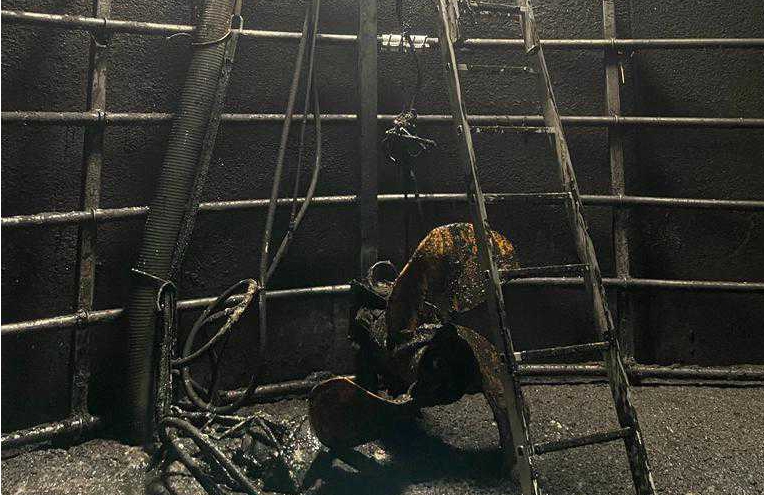
Over time, the propeller mixer had pushed the metal pillar backwards to the point where it came into contact with one of the heating pipes. This in turn led to a breach of the steel and a leak developing.
The farm were alerted to the problem through a noticeable drop-off in the efficiency of the biodigester. They accessed the inside of the tank, discovered the damage and attempted to try and seal the pipe via patch welding.

Not long after the repair and again the biodigester began underperforming. A second inspection revealed that the patch welding had failed, with water sprouting out of numerous pinhole leaks through the weld.
The farm opted for a SylWrap Universal Pipe Repair Kit for their second repair attempt. The pipe was cleaned and the patch weld ground down prior to Wrap & Seal Pipe Burst Tape being applied as the first stage of the SylWrap repair.
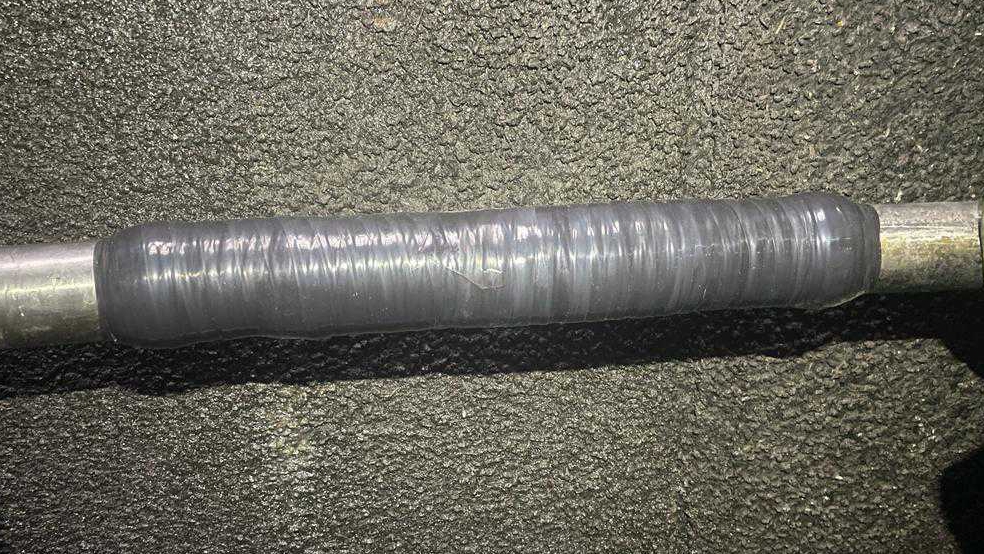
There being multiple leak areas across a 600mm area of pipe made it easier to wrap along the length of the line using Wrap & Seal than trying to encapsulate or plug each individual hole with Superfast Epoxy Putty.
When applied to the pipe, Wrap & Seal amalgamated to form a solid rubber band over every pinhole leak present. The tape was easily capable of withstanding both the pressure and temperature which the heating pipe operated at.

To reinforce and protect the repair should the mixer blade and pillar come into contact with the pipe again in future, a SylWrap HD Pipe Repair Bandage was applied over the top of the Wrap & Seal.
The resin within SylWrap HD was activated with water and the bandage wrapped and smoothed around the pipe. It cured in minutes, encompassing the entire repair with a rock hard sleeve capable of protecting the pipe from impact by the pillar.
Applying Wrap & Seal and SylWrap HD took less than one hour. The biodigester tank was put back into service the following day and with no issues regarding the efficiency or performance of the system noticed, the pipe repair was deemed a success.
If you have an application you would like to enquire about, then please get in touch
Call: +44 (0)1444 831 459
Email: sales@sylmasta.com

